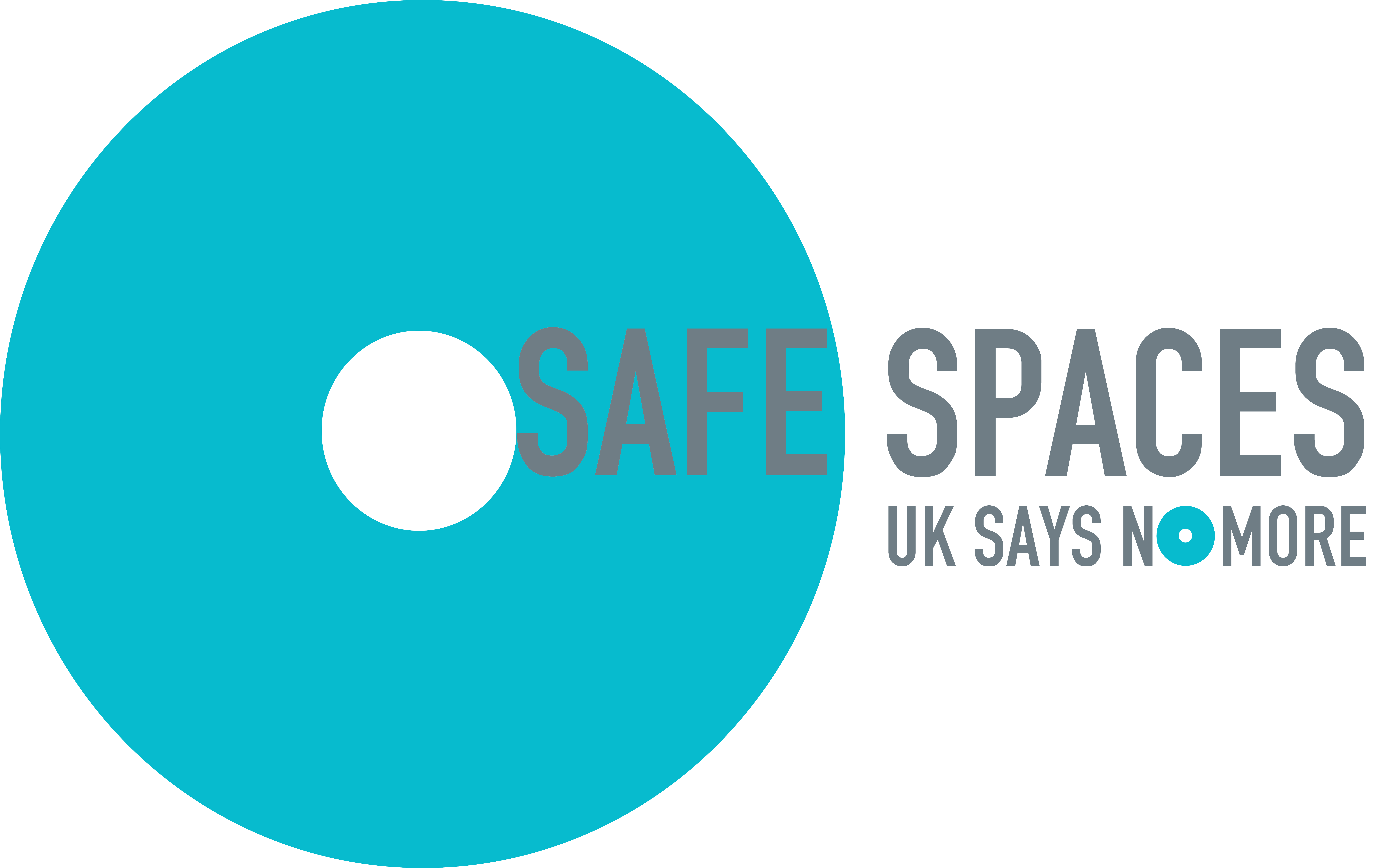Cladding - FAQs
The government issued a series of fire safety advice notes to building owners and managers of tall buildings (buildings 18 metres or above) since the summer of 2017. This was consolidated into a single advice note in January 2020.
As a result, building owners across the country have been following this advice and carrying out investigations into their tall buildings.
This advice requires us to check the external wall system on our tall buildings which means we need to verify that:
- the correct materials were used that met regulations at the time of construction
- these materials were installed as recommended by the supplier/manufacturer
- these materials have been maintained as recommended by the supplier/manufacturer.
This is not specific to your development; it affects all owners of tall buildings whether they are housing associations, councils, private companies or organisations operating in other industries including hospitals, hotels, schools and colleges.
Our intention is to pursue third parties to recover the costs for any mistakes they made while the building was being constructed. This could include developers, contractors, professional advisors and building inspectors. We will also investigate the building warranty to determine if it offers a route to recover some of these costs.
Where applicable, we will also apply for any available government funding for building safety related work.
If you have any questions regarding your tall building, you can contact us on customerservice@networkhomes.org.uk or fill out our form.
You can view the government's building safety advice here.
What are we doing?
We have a programme of works for all our tall buildings and these follow a similar pattern which is summarised below:
- A desktop review – looking at all the relevant documents and certification when the building was built to check the products used were suitable.
- Site inspections – removing part of the cladding to check the products used and if they have been installed correctly. The inspection will require scaffolding or the use of mobile access equipment.
- Investigations after the site inspections – after the site inspections we may need to liaise with the original builder, the design team and manufacturers to fully understand the findings.
- Forward plan – once the investigations are complete,we will prepare a plan for your building and put appropriate measures in place. We will share this plan with you.
Who are we working with?
We have commissioned experienced Chartered Building Surveyors to lead the inspections and advise us. We are also seeking specialist advice from Chartered Fire Consultants where we need it and where an issue is identified, we will be in dialogue with the Fire Brigade.
I have heard you need to do a BS8414. What is this and when will this test be undertaken?
One way of demonstrating compliance with the government advice is to carry out a BS8414 test. This is a British Standard test, which will demonstrate the performance of the external wall in the event of a fire. This test involves constructing a mock-up of the external wall in an accredited test centre. The wall is tested by lighting a fire and measuring how the wall performs.
When we have the results of our investigations we will know if a BS8414 test is required.
What could the test show?
The test will have one of two outcomes – either the wall passes, or it fails:
Pass: If the wall passes the test, our Fire Consultant will review the test results and, if they are satisfied, they will issue a report to that effect. This will include an EWS1 Certificate which lenders require to advance mortgage loans.
Fail: If the wall fails the test, we will write to you to explain what we intend to do to:
- Ensure the building remains safe to live in and
- To remedy the situation. It is likely this will require physical remedial works.
How long will all this take?
Our investigations will take between three and six months depending on the complexity of the development. If a BS8414 test is required, we will have to book a slot at an accredited test centre. This will take between three and six months and the need for a test will become apparent in our investigations.
We will communicate the results of our investigations and any test results to you when we have them and let you know about next steps.
Why is it taking a long time to resolve?
There are over 5,000 buildings which are above 18 metres and need inspecting. There are however only 300 qualified fire engineers who are able to carry out the relevant inspections and issue EWS1 forms (safety certificates). This means they are in high demand and there is already a backlog of buildings which need to be investigated.
How does this affect the Fire Strategy/ Fire Risk Assessment (FRA) for my block?
Until the investigations are complete, your existing fire strategy, which is commonly referred to as ‘stay put,’ and your FRA remain valid. We are updating the FRA for each of our developments as information comes in from our investigations. Please familiarise yourself with what to do in the event of a fire in your block.
What am I allowed to store on my balcony?
Please remember items such as barbeques or patio heaters should not be used or stored on balconies. These items are a serious safety risk and are prohibited. Please notify us if you are aware of any such items being stored on balconies.
We also recommend people do not smoke or store combustible materials on balconies or in any communal areas. For example, recently a small fire in one of our properties was caused by smoking on the balcony.
Fire safety is the responsibility of the building owner as well as the residents!
Can I store items in the communal area?
We have a zero-tolerance policy on items left in the communal area – these can be a hazard if there is an emergency evacuation. We will remove any items left in communal areas and corridors.
If the investigations indicate that remedial works are required, we will seek advice from a Fire Consultant on the Existing Fire Strategy. If the Existing Fire Strategy poses a Health and Safety risk, the Fire Consultant will design an Interim Fire Strategy. This may change the existing ‘stay put’ strategy to an ‘evacuate’ strategy. If we need to do this for your development, we will write to you with specific instructions on what to do in the event of a fire. It is likely this will involve the installation of a Waking Watch and a Fire Alarm.
What does a Waking Watch do?
The Waking Watch patrol buildings to look for signs of smoke or fire. If they spot anything, their job is to alert you using an audible alarm and by knocking on doors. The presence of a Waking Watch does not mean your building isn’t safe.
Where a fire alarm is also installed the role of the Waking Watch will be scaled back and they will be there to assist residents if they need to evacuate the building.
Please note, the Waking Watch are not security or neighbourhood staff, and therefore don’t deal with other housing issues such as intruders or anti-social behaviour. If you see something else that needs reporting, please contact us in the usual way.
What does the fire alarm do?
In the event that your building is deemed to require a fire alarm, fire alarms will be installed in each property. It will comprise of heat detectors and an audible alarm and will be triggered if the temperature in an individual property goes above a minimum level.
What do I need to do if the Fire Strategy for my building changes?
If this happens, we will write to you with explicit instructions on what to do in the event of the alarm being triggered. We recommend you review these instructions, so you are familiar with what action to take in the event of a fire or a fire alarm.
We appreciate this may be worrying and we want to reassure you that, as stated above, we will actively pursue all other possible avenues for funding these works to avoid the costs being recovered from residents.
If we are unable to secure alternative funding, we may need to consider recovering the costs, or part of the costs, from residents as part of the service charge. To do this we are required to go through a statutory consultation process and/or, where relevant, apply for dispensation where costs have already been incurred. This process is commonly known as the Section 20 process.
We will be in touch with further information, including a full explanation of the Section 20 process, when the position is clearer.
How much will all this cost?
Whilst we appreciate it is frustrating for you, at this time we do not have an accurate cost estimate that we can share with you.
However, we can confirm that Network will not seek retrospective recovery of costs incurred to date, such as if your building already has a waking watch.
We are also investigating ways in which we may be able to allow residents to pay any costs over an extended period.
We will write to you again on this when the position is clearer.
We understand your frustration on the length of time work may take to resolve or for increased disruption at your building. However, we are unable to offer your compensation because of the inconvenience. This is essential work that must be carried out for your safety, and therefore we don’t believe compensation is payable.
We don’t expect to be able to reimburse you for any costs you may incur because of this project. This includes if you are unable to sell or remortgage your home. If you are worried about increased mortgage costs, please speak to your lender and a ‘product transfer’ as they may be able to move you onto a more favourable mortgage rate.
While Network Homes may be your landlord, sometimes we aren't the owner of a building - where this is the case we are often called a 'head lessee'. This has mostly come about because during the construction of a building by a private developer, they had to provide some affordable homes. These are then purchased by a housing association or sometimes a Local Authority and is known as a 'Section 106 agreement' (s106).
So while we are your landlord, if we don't own the building, we aren't able to carry out our own investigations. We will liaise with the building's freeholder or managing agent to determine what their course of action is on your behalf.
More information
-
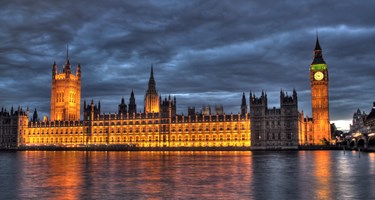 The latest on cladding and building safety from the government
The latest on cladding and building safety from the governmentFind out what the government has said recently on cladding and how it is affected by coronavirus.
The latest on cladding -
 My building - FRAs, documents and newsletters
My building - FRAs, documents and newslettersView your building's fire risk assessment (FRA) and other documents , including fire evacuation strategy, building safety and estate updates.
My block documents (FRAs) -
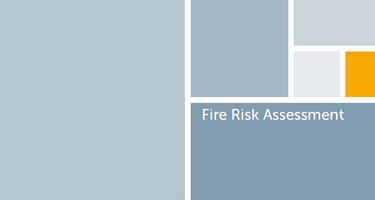 Fire Risk Assessments - FAQs
Fire Risk Assessments - FAQsNot sure what an FRA is? Find out here.
Fire Risk Assessments - FAQs -
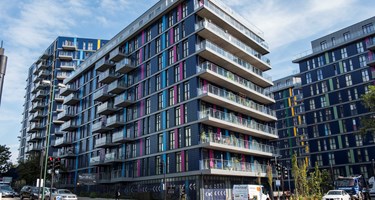 EWS1 forms - FAQS
EWS1 forms - FAQSSee when an EWS1 form is required and how the form came about.
EWS1 forms -
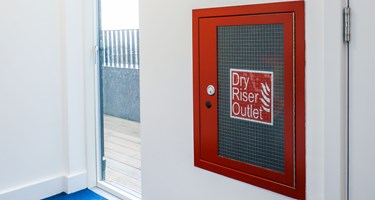 Fire safety tips
Fire safety tipsDo you know how to test your smoke alarm or top tips to prevent a fire?
Find out here -
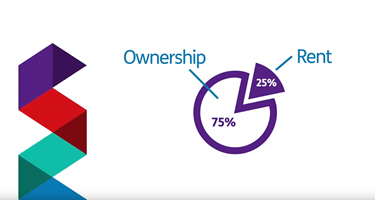 Selling, staircasing and remortgaging - FAQs
Selling, staircasing and remortgaging - FAQsAll the answers for shared owners and leaseholders on the situation at your building.
Selling, Staircasing and remortgaging - FAQs -
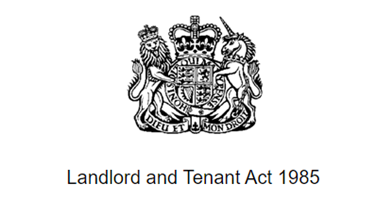 Who pays for building safety work? Section 20 - FAQs
Who pays for building safety work? Section 20 - FAQsFind out about the leasehold consultation process known as Section 20.
Section 20 - FAQs -
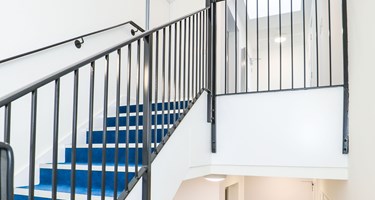 Vulnerabilities - help to evacuate
Vulnerabilities - help to evacuateIf you live in a block with a waking watch and think you or a member of your household needs help to evacuate, let us know.
Vulnerabilities -
 Resources for residents
Resources for residentsInformation on organisations who may be able to offer you independent advice.
Resources for residents -
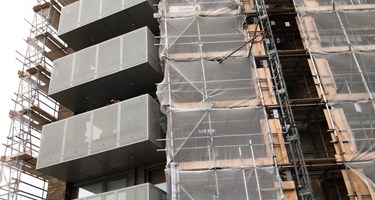 Support with building safety work costs
Support with building safety work costsFind out about applications for interest free loans to help pay for building safety remedial work.
Support with building safety work costs -
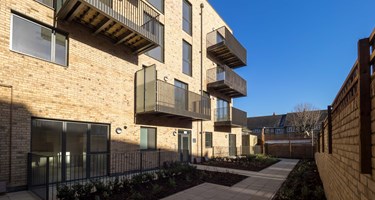 Buildings below 18 metres
Buildings below 18 metresWhat does it mean if you live in a mid or low rise building?
Buildings below 18 metres

